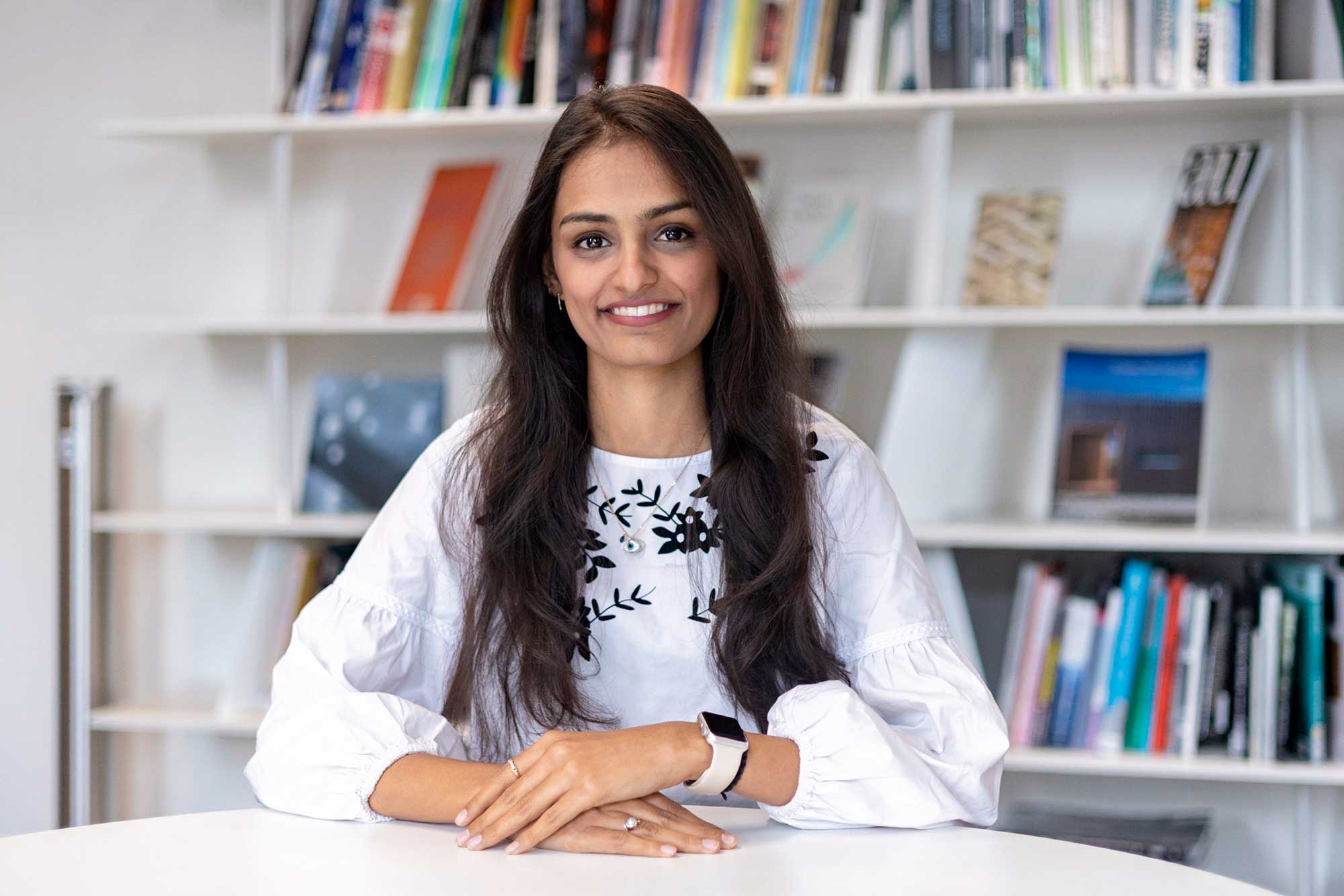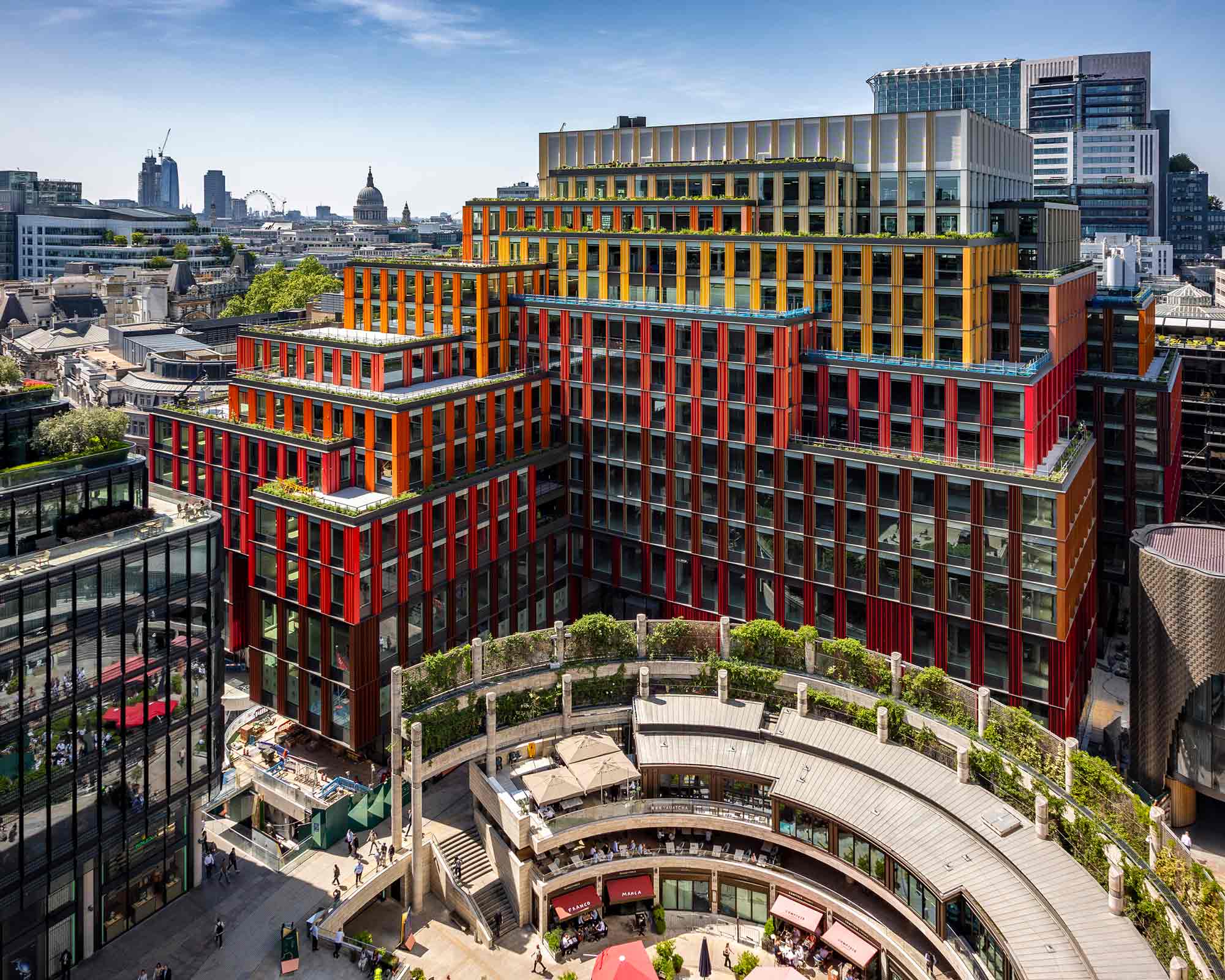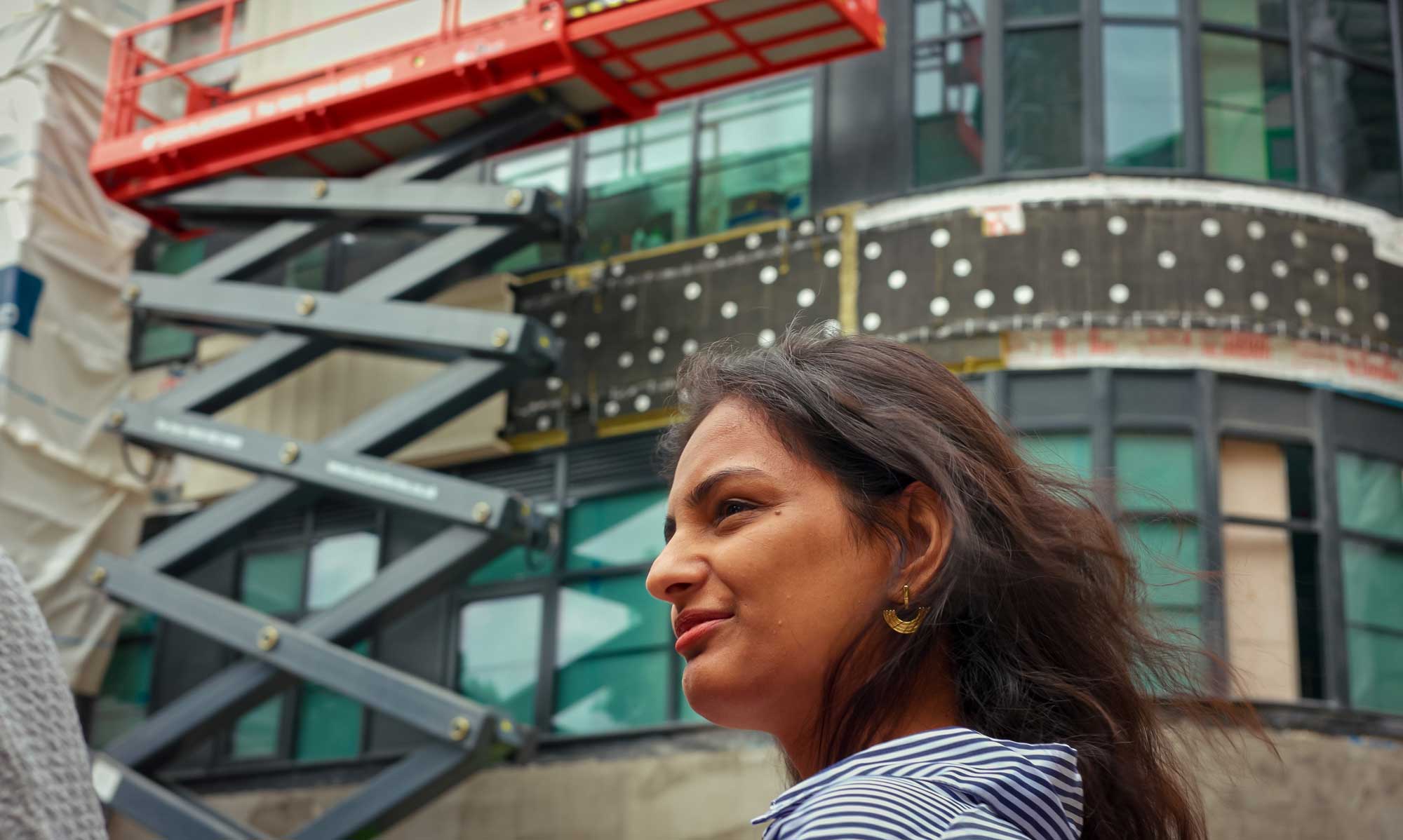Zeel has been part of AKT II’s Envelopes team in London for more than two years. She works across high-rise, refurbishments and façade studies, combining scripting with hands-on design and learning directly from site visits and team collaboration.

I’m part of the Envelopes team in London, where we focus on designing and delivering façades. At the moment, I’m working on 99 Bishopsgate, a skyscraper in the City of London, and a refurbishment project in Holborn.
I created a Grasshopper script that shaped the façade to minimise solar gain. It ended up reducing the building’s energy demand while improving daylight. It was great to see analysis like that make its way into the actual design.
We collaborate first with architects for design intent, then with structural engineers for the main frame. We also work with fire consultants, facade access specialists, MEP engineers and sustainability consultants. Coordination flows through regular workshops, meetings and clear visual communication.

One of Zeel's projects was 1 Broadgate with its spectacularly vibrant façade.
We prepare technical details in clear PDF packages, explaining materiality, junctions and interfaces. These are shared in day-to-day conversations, contractor meetings and larger workshops, ensuring contractors and architects fully understand the design intent and technical requirements behind the drawings.
At 1 Broadgate, crushed granite from the existing site was reused in flooring. And on a current refurb project in the City of London, granite from the original façades was reused in precast panels, giving a visible texture and reducing the need for new material.
Thermal performance is the main driver – we carefully design the thermal line of each facade. Other analyses include glass strength and deflection, embodied carbon calculations and of course the architectural intent, which frames the overall design approach.
Yes. On Silk Towers in Georgia, where we work with Kengo Kuma, tall GRC fins spanned several floors, creating major challenges with weight, wind loads and movement. We had to design lighter claddings to support the fins without compromising the thermal line.
We run calculations – thermal, wind loads, carbon. But the most useful is the 1:1 mock-up. Testing a full bay before the building goes up gives you real confidence in the design.

Zeel regularly joins the Envelopes team's lunchtime façade walks.
Site visits have been invaluable. You design something like a gasket on paper, but seeing how it’s installed on site changes how you think. I’ve also gained knowledge from CWCT standards, leadership courses and industry events, which has strengthened both my technical expertise and mentoring skills.
We do lunchtime façade walks – just going outside, looking at nearby buildings or construction sites, and talking about what we notice. It really sharpens your eye for finishes. We also have team socials and company-wide Tidy Fridays.
Favourite tool you use: BISCO, a specialist software for facade performance and thermal calcs.
A detail you wish more people noticed? How varied material finishes can be across a façade.
Best tip you were given as a graduate: Have freedom to explore what interests you most.
A studio social you recommend: All of them – but don’t miss Diwali!